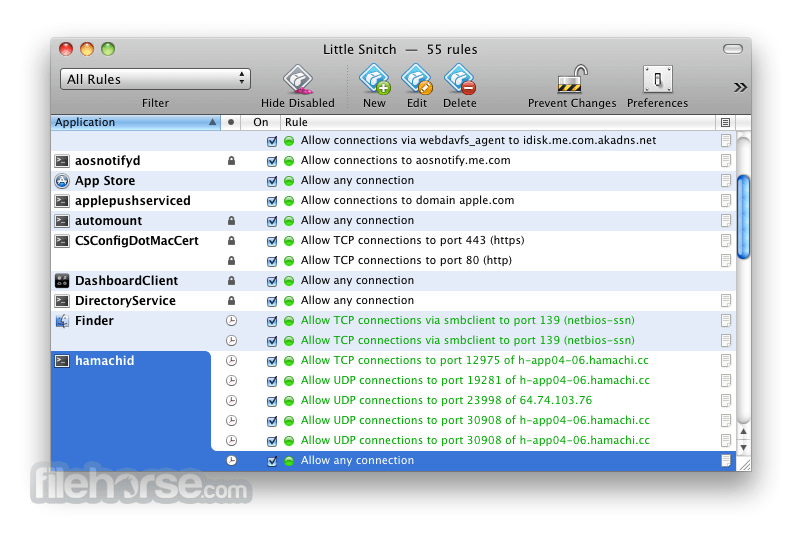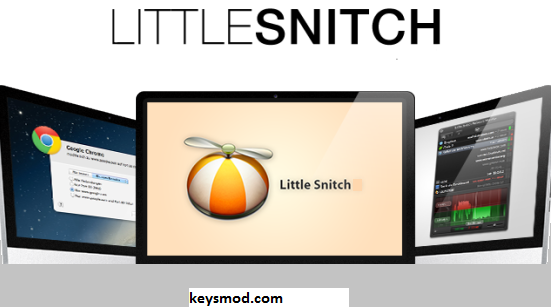
As you can see in the dialog box, you can force the application to be allowed or denied for a specific port, a particular domain name or port, and domain name. After you have selected your parameters, press Deny or Allow and Little Snitch 3 will guard you against that traffic, allowing or denying the traffic depending on your settings. For me, it’s almost always Forever or Once. When an application tries to connect, and if you haven’t already set up a rule, you’ll get this dialog box automatically.Īs you can see, you can choose “Deny” or “Allow” if it should be denied or allowed forever or one of the following choices: So you could let an application make the connection until you quit the app, or for a finite time, like 1 hour.

So Little Snitch is always there, protecting your privacy. When an application tries to send out something over the network, it gets intercepted by Little Snitch, and you can then allow or deny the connection, either temporary or permanently via the dialog box that appears. And it’s a great way of stopping traffic that “Phones home” without your explicit permission. It is an excellent way of seeing what kind of information is sent from applications without your knowledge or consent. What Little Snitch 3 essentially does is monitor all outgoing traffic from your open applications and processes and gives you the ability to allow or deny that traffic. I’ve been using it for more than ten years now, and I wouldn’t dream of running a Mac without it installed. Little Snitch by Objective Development is one of them.

They are the essential software I need to have installed to be productive and secure. I have a couple of applications that I always install on a new Mac. Little Snitch 3 your network connection monitor


 0 kommentar(er)
0 kommentar(er)
